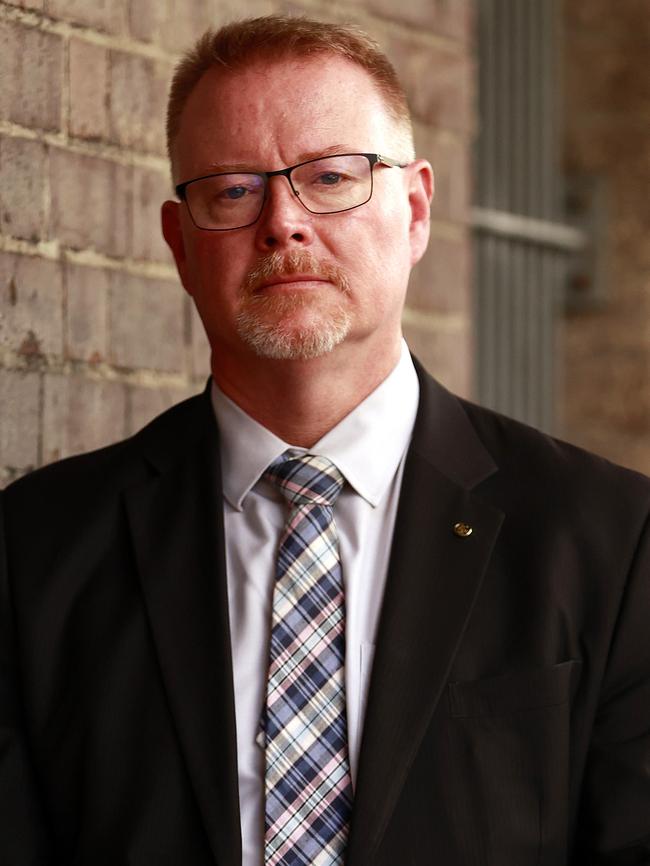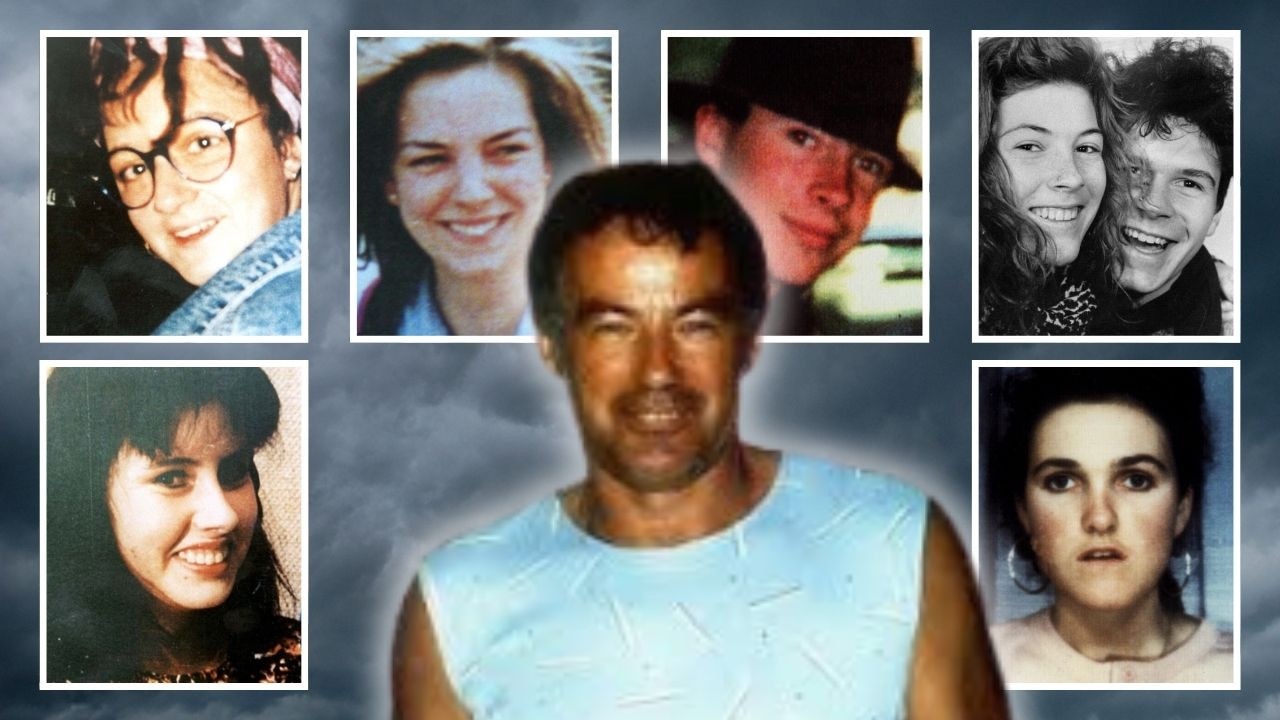The Missing Australia: How a DNA collection program could help solve missing persons cases
Hundreds of people’s remains are unidentified in Australia and unable to be returned to loved ones, but police believe the answers are closer than we realise.
The Missing Australia
Don't miss out on the headlines from The Missing Australia. Followed categories will be added to My News.
Police could solve hundreds of unsolved missing persons cases if Australians would provide their DNA.
Unidentified remains are being held by state and territory police, mortuaries and forensic laboratories – and with 2600 long-term missing people throughout Australia, the answers will be right under the noses.
The AFP’s acting senior team leader of the National Missing Persons Coordination Centre [NMPCC] Clodagh Wylie said public campaigns would soon begin to get more people to provide their DNA in the hope it will help crack hundreds of cases.


“Just to get some clear messaging out to the public about what they can do to help support the program – whether that’s if they’ve provided DNA to some of these ancestry.com type services [and] ways they could make that DNA searchable by law enforcement,” Ms Wylie said.
The program – that has funding through until December – was established with proceeds of crime funding.
Ms Wylie said NMPCC’s job was to complement the work of the state and territory police.
“Part of our mandate is to reduce the incidence and impact of missing persons so we approach that public awareness campaigns, National Missing Persons Week and the national register,” Ms Wylie said.
LISTEN TO THE MISSING PODCAST BELOW:
Detective Inspector Ritchie Sim, of the NSW Missing Persons Registry, said there were 300 unidentified remains in the state.
“For me, that’s too many families who don’t have answers. No missing persons case is closed until we find them,” Det Insp Sim said.
With so many unidentified bodies, he too hoped DNA would provide answers and urged family members of missing people to come forward.
“The voluntary providing of DNA will give us the best of trying to identify these remains – and we just need people to come forward, plain and simple,” he said.
In some cases it could the missing person was known, but police had been unable to link them to unidentified remains.


The DNA database manager of NSW Health’s Pathology Forensic and Analytical Science Service Carole Field said police did not have access to the lab as it was a health lab, not a police lab.
Reference samples from relatives of missing persons have restricted searching – they are only searched against DNA profiles from unidentified human remains, she said.
Do you know more? Call Crimestoppers on 1800 333 000.
Share your crime stories at themissing@news.com.au
More Coverage
Originally published as The Missing Australia: How a DNA collection program could help solve missing persons cases





